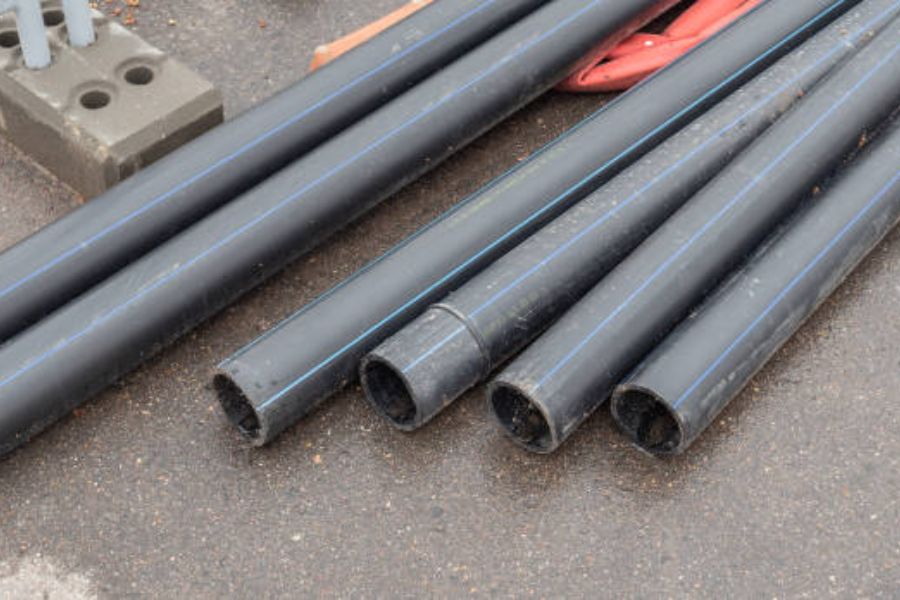Introduction to PVC and CPVC
When it comes to choosing the right material for piping in your plumbing or construction project, it's important to understand the differences between PVC (polyvinyl chloride) and CPVC (chlorinated polyvinyl chloride). Both materials are commonly used in residential and commercial applications, but they have distinct properties that make them suitable for different purposes.
Chemical Composition
One of the main differences between PVC and CPVC is their chemical composition. PVC is a thermoplastic polymer that is made from vinyl chloride monomers, while CPVC is a derivative of PVC that undergoes additional chlorination. This process makes CPVC more resistant to heat and chemical corrosion compared to PVC.
Temperature Resistance
CPVC has a higher temperature resistance than PVC, making it suitable for applications where hot water is involved, such as in plumbing systems. CPVC can withstand temperatures up to 200°F, while PVC can only handle temperatures up to 140°F. This makes CPVC the preferred choice for hot water distribution systems.
Pressure Ratings
Another key difference between PVC and CPVC is their pressure ratings. CPVC has a higher pressure rating than PVC, making it more suitable for applications where high water pressure is a concern. CPVC can handle higher pressures without the risk of cracking or bursting, making it ideal for commercial and industrial plumbing systems.
Cost Comparison
In terms of cost, PVC is generally more affordable than CPVC. PVC pipes and fittings are widely available and are typically less expensive than CPVC. However, the higher temperature and pressure resistance of CPVC may justify the higher cost for certain applications where durability and performance are critical.
Installation Differences
While both PVC and CPVC are relatively easy to install compared to metal piping materials, there are some differences in the installation process. CPVC requires special solvent cement for bonding, while PVC can be joined using a regular PVC cement. CPVC also requires specific cutting tools to ensure a clean and precise cut.
Compatibility with Other Materials
Another factor to consider when choosing between PVC and CPVC is their compatibility with other materials. CPVC is compatible with a wider range of chemicals and solvents compared to PVC, making it suitable for applications where exposure to various substances is a concern. PVC may react with certain chemicals, so it's important to consider the compatibility of the material with the specific environment.
Environmental Considerations
Both PVC and CPVC are recyclable materials, but CPVC is considered to be more environmentally friendly due to its lower chlorine content. CPVC is also more durable and has a longer lifespan than PVC, which can contribute to reduced waste and environmental impact over time.
Applications and Uses
PVC is commonly used in a variety of applications such as drainage systems, irrigation, and vent piping. CPVC is preferred for hot water distribution, industrial processing, and chemical transportation due to its higher temperature and chemical resistance. Understanding the specific requirements of your project will help you determine the most suitable material for your needs.
Conclusion
In conclusion, the differences between PVC and CPVC are significant in terms of temperature resistance, pressure ratings, cost, installation, compatibility, environmental impact, and applications. By considering these factors, you can make an informed decision on whether PVC or CPVC is the right choice for your plumbing or construction project.
Quote Inquiry
Contact us!

